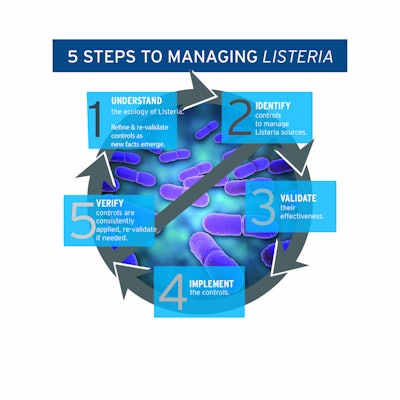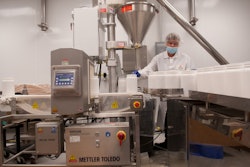
Some food processing facilities find themselves in a time crunch when changing over from sanitation to production and back again, says Philip Snellen, vice president, sales for Birko Corp., Denver, Colo.
“As a result, any issues related to visual examination of food contact surfaces or swab results tend to be dealt with as one off issues, not systemically,” he adds.
That’s why a rinse-clean-rinse-sanitize-repeat process is a must in any food processing environment.
“There is no one way to undertake cleaning and sanitizing,” says Sarah Cahill, food safety officer and JEMRA (joint expert on microbiological risk assessment) secretariat in the food safety and quality unit of Food and Agriculture Organization of the United Nations, Canada. “Like in other industries, technological advances will help improve food safety. Operating in a production environment with well-maintained equipment is essential to food safety, as state-of-the-art machinery (designed with hygiene in mind) will further facilitate the production of safe food, often by offering easier maintenance, better protection and separation of the food from the rest of the machinery.”
The pain points of cleaning and sanitizing vary according to the category, the complexity of the processing equipment, the state of the facility and an understanding that there is no one-size-fits-all approach, adds Cahill.
“What works in a fresh milk processing facility will not be the same as what works in a chocolate facility,” she says. “However, in all cases, continued vigilance, human intervention and the intelligent design of food safety systems will remain critical to ensure that all our food is and remains safe.”


























